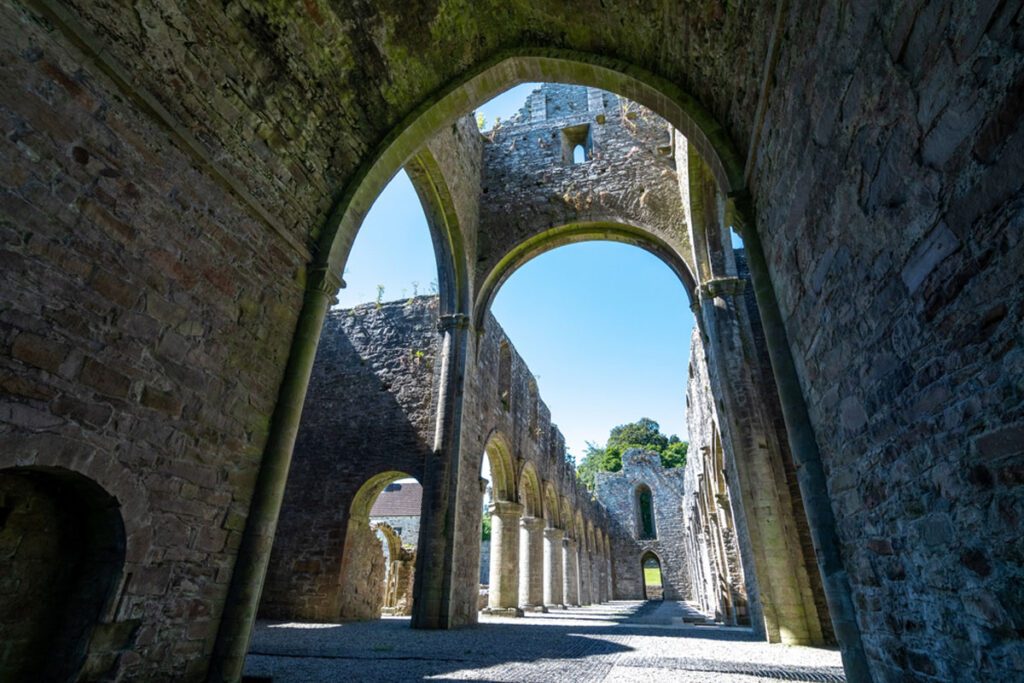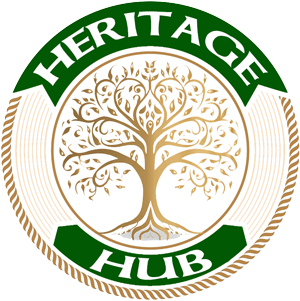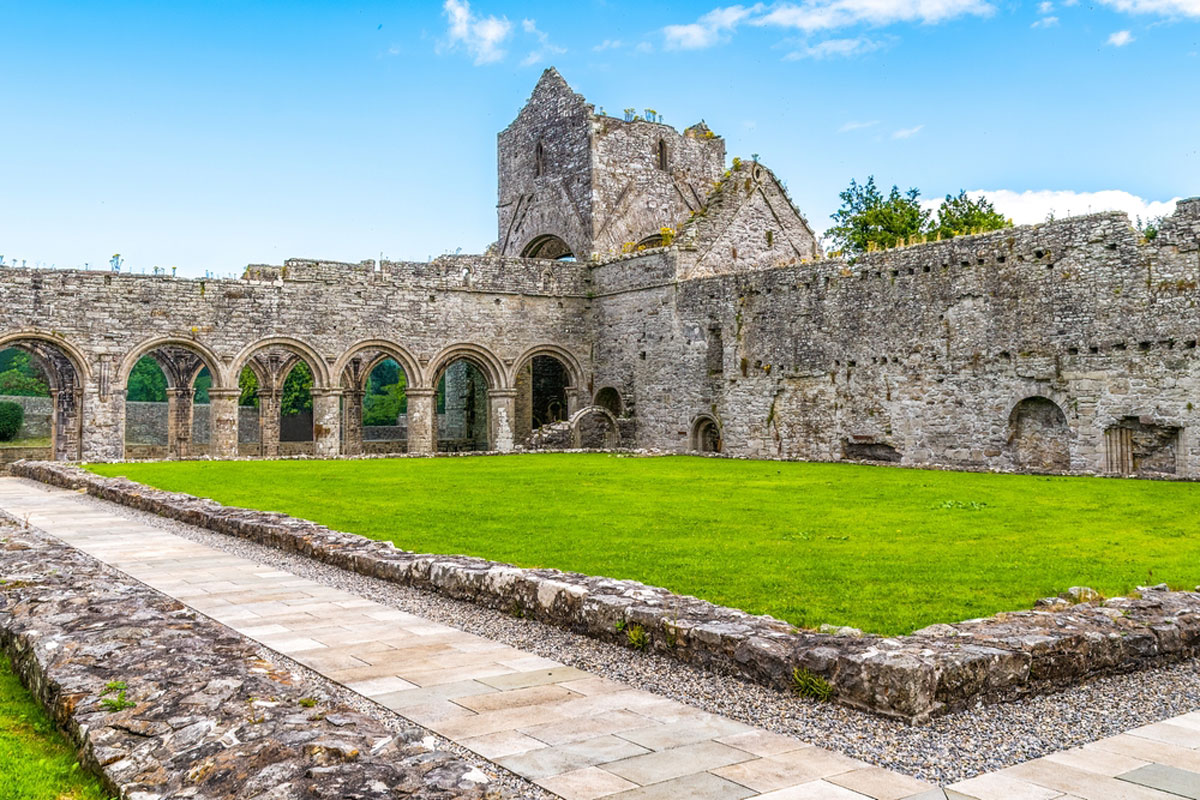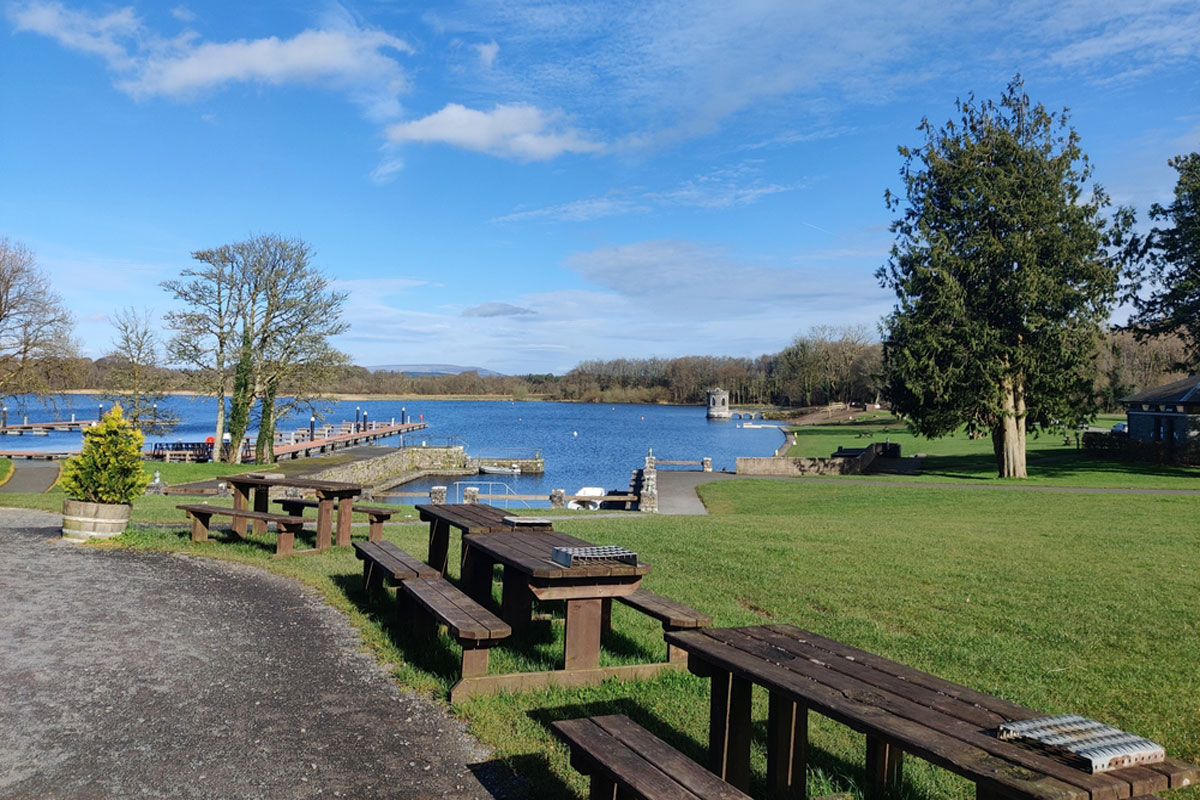Introduction to Boyle Abbey
Nestled in the picturesque landscape of County Roscommon, Boyle Abbey stands as a remarkable remnant of Ireland’s monastic heritage. Founded in 1161 by the Cistercian order, the abbey showcases the architectural grandeur and spiritual significance of medieval Ireland. The Cistercians, known for their strict adherence to the Rule of St. Benedict, emphasized simplicity, hard work, and community life, values that are echoed in the serene ruins of Boyle Abbey.
The site is characterized by its stunning stone structures, which have withstood the test of time, telling stories of devotion and craftsmanship. Visitors are greeted by the imposing remains of the church, cloisters, and various ancillary buildings, all designed to create a self-sustaining community. As you wander through the ruins, the atmosphere evokes a sense of peace and reflection, inviting you to ponder the lives of the monks who once called this place home.
Historical Significance
Founded in the late 12th century, Boyle Abbey was more than just a place of worship; it became a pivotal institution in the spiritual and cultural life of County Roscommon. As one of the earliest Cistercian monasteries established in Ireland, it played a crucial role in spreading Cistercian ideals across the country. The monks at Boyle were known for their agricultural innovations, including crop rotation and animal husbandry practices that greatly improved productivity.
The abbey also served as a center of learning and community life. Monks engaged in manuscript production, preserving knowledge and scripture through diligent copying and illumination. This intellectual pursuit attracted scholars and students from far and wide, further enhancing the abbey’s reputation as a hub of education.
Throughout its history, Boyle Abbey witnessed significant events that shaped Ireland. It played a role during the turbulent times of the Anglo-Norman invasion, acting as a sanctuary for those seeking refuge. However, the Reformation in the 16th century brought profound challenges, leading to the suppression of monastic life and the eventual decline of the abbey. Despite these hardships, the ruins today serve as a powerful reminder of the resilience of the Cistercian order and their lasting impact on Irish society.
Legends and Myths
As with many historical sites, Boyle Abbey is steeped in legends and folklore that add layers to its historical significance. Stories of miraculous events, holy relics, and spectral apparitions abound, painting a vivid picture of the abbey’s spiritual importance. One enduring legend speaks of the abbey’s founding monks who, guided by a vision, chose the site for its tranquil beauty and abundance of natural resources. It is said that their commitment to a life of prayer and labor led to the flourishing of the local community.
Another popular tale involves the ghostly figure of a monk seen wandering the ruins at dusk. Locals recount sightings of this apparition, often interpreted as a guardian spirit watching over the abbey and its grounds. Such stories contribute to the site’s mystique and have attracted curious visitors and pilgrims alike, eager to experience the spiritual energy that surrounds Boyle Abbey.
The folklore associated with Boyle Abbey also reflects the broader cultural significance of monastic life in Ireland, where stories of saints and miracles played a vital role in shaping community identity. These narratives not only provide insight into the beliefs of the time but also foster a sense of connection to the past.

Architectural Features of Boyle Abbey
Boyle Abbey is renowned for its stunning architectural features, which exemplify the Cistercian style that emphasizes simplicity and functionality. The abbey’s layout reflects the typical design of Cistercian monasteries, where each building served a specific purpose within the monastic community. The craftsmanship displayed in the stonework is a testament to the skill of the artisans who constructed these enduring structures.
Upon entering the site, visitors are immediately drawn to the impressive remains of the church. The structure features a high vaulted ceiling supported by robust stone columns, creating an airy and reverent atmosphere. The altar area, though now in ruins, hints at the intricate designs that once adorned it, showcasing the attention to detail characteristic of Cistercian architecture. The west gable, with its beautiful rose window, remains a striking element, allowing natural light to filter into the sacred space.
The cloisters, which provided a peaceful area for contemplation and community gatherings, are another highlight of the abbey. These open spaces are framed by arched walkways that lead to various rooms, including the chapter house, where the monks would gather for discussions and decision-making. The remnants of the refectory, where meals were shared in silence, further illustrate the daily life of the monastic community.
In addition to the main structures, Boyle Abbey is surrounded by a well-preserved graveyard, where headstones mark the final resting places of notable figures connected to the abbey’s history. This serene setting offers visitors a chance to reflect on the lives and legacies of those who once walked the grounds.
Preserving Boyle Abbey for Future Generations
Today, Boyle Abbey stands as a testament to Ireland’s rich monastic heritage and architectural grandeur. Preservation efforts are ongoing to ensure that this remarkable site remains accessible and appreciated by future generations. The abbey is managed by the Office of Public Works (OPW), which has undertaken significant restoration projects aimed at stabilizing the ruins and enhancing visitor experience.
These efforts include the careful restoration of key structures, such as the church and cloisters, to protect them from the elements while maintaining their historical integrity. Informational signage and guided tours have been introduced to help visitors understand the abbey’s history and significance, making it an educational experience as well as a visual one.
The abbey also hosts events and activities that promote awareness of its historical importance. Cultural festivals, educational programs, and community events encourage local engagement and foster a deeper appreciation for this heritage site. Boyle Abbey’s location within the picturesque landscape of County Roscommon adds to its allure, inviting visitors to explore the surrounding natural beauty while connecting with the history of the site.
As you walk through the ruins, the stories of the monks who once lived and worked here resonate, reminding us of the enduring legacy of the Cistercian order in Ireland. Boyle Abbey not only represents a chapter of history but also serves as a beacon for those interested in Irish culture and heritage.
Whether you’re a history enthusiast, a lover of architecture, or simply looking for a serene spot to reflect, Boyle Abbey offers a unique experience. The blend of stunning ruins, tranquil grounds, and rich history ensures that a visit to this Cistercian monastery is both memorable and meaningful. As we look to the future, the commitment to preserving Boyle Abbey promises that its story will continue to inspire and educate those who come to explore its hallowed grounds.
County Roscommon, situated in the heart of Ireland’s Hidden Heartlands, is a destination filled with historical landmarks, serene natural attractions, and charming villages. Here’s a guide to its most notable tourist attractions:
Historical and Cultural Sites
- Roscommon Castle: A 13th-century Norman ruin surrounded by a picturesque park and walking trails.
- Strokestown Park House and National Famine Museum: A Georgian estate offering a poignant insight into Ireland’s Great Famine and the country’s history.
- Boyle Abbey: A beautifully preserved Cistercian monastery with impressive architectural features.
- Rindoon Medieval Town: Explore the ruins of this once-thriving medieval town on the shores of Lough Ree.
- King House, Boyle: A restored Georgian mansion that now serves as a cultural and heritage center.
Natural Attractions
- Lough Key Forest and Activity Park: A haven for outdoor enthusiasts with forest trails, a treetop canopy walk, and historical sites like the McDermott’s Castle ruins.
- Arigna Mining Experience: A unique tour through Ireland’s first coal mining region, offering a glimpse into the lives of miners.
- Shannon River: A tranquil spot for cruising, fishing, and enjoying the serene Irish countryside.
- Lough Ree: Known as the “Lake of Kings,” it’s a prime location for boating, fishing, and wildlife spotting.
- Suck Valley Way: A long-distance walking trail featuring stunning riverside views and diverse landscapes.
Scenic Drives and Villages
- Boyle: A bustling heritage town with a rich history, charming streets, and cultural events.
- Castlerea: A vibrant market town surrounded by lush countryside.
- Strokestown: Known for its Georgian architecture and the nearby Strokestown Park.
- Tulsk: A village steeped in archaeological significance, home to the Rathcroghan Visitor Centre.
- Roscommon Town: The county town offers a blend of historical sites, boutique shops, and welcoming eateries.
Lakes and Water Activities
- Lough Key: Ideal for kayaking, paddleboarding, and scenic boat tours.
- Lough Ree: Perfect for angling and exploring its many islands, rich in history and folklore.
- Oakport Lough: A peaceful spot for fishing and picnicking.
- Shannon River Cruises: Enjoy leisurely cruises along Ireland’s longest river.
- Mote Park: Offers beautiful trails and picnic areas around serene waters.
Unique Experiences
- Rathcroghan Visitor Centre, Tulsk: Learn about Ireland’s ancient royal site and its role in Irish mythology.
- Cruachan Aí: Delve into the mythological and archaeological significance of Ireland’s ancient capital.
- Lough Key Treetop Walk: Experience a bird’s-eye view of the forest and lake below.
- Arigna Mining Experience: Explore the rich mining heritage of the region through interactive tours.
- Roscommon Lamb Festival: Celebrate the county’s farming heritage with food, music, and traditional crafts.
County Roscommon is a captivating blend of history, culture, and natural beauty. Whether you’re exploring ancient ruins, cruising along the River Shannon, or hiking in the lush countryside, Roscommon promises an enriching and unforgettable experience.
Helpful Resources






